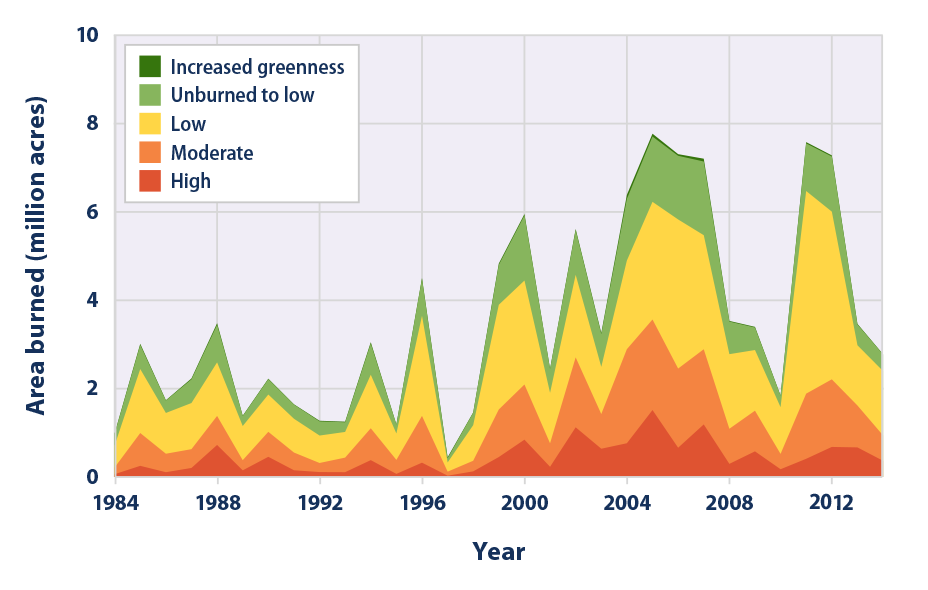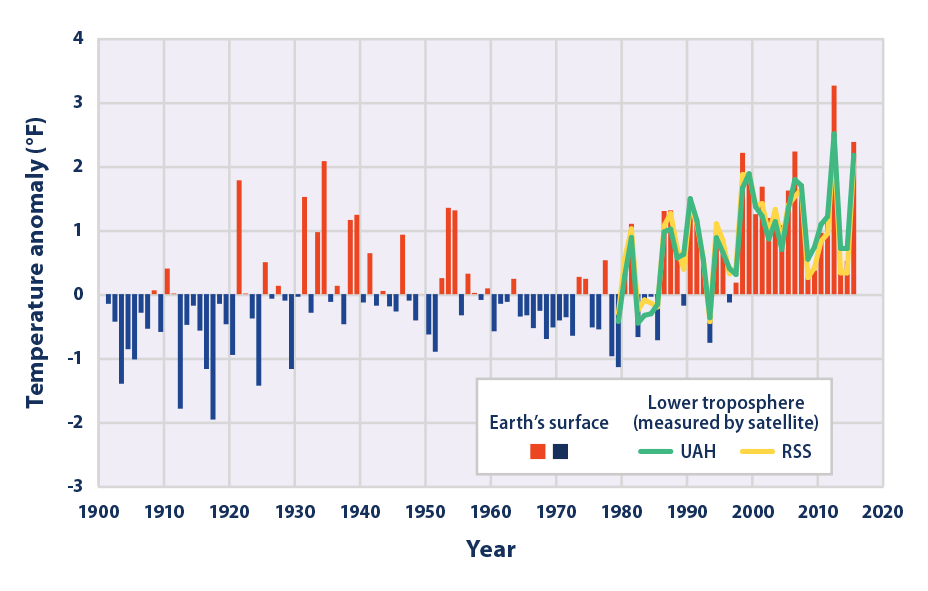Written by Wesley Dong
Although 2020 has been dominated by news coverage of the COVID-19 pandemic, the United States has also been facing several weather catastrophes. During the month of August, the Midwest suffered a derecho, a long-lived wind storm with immense force and destruction. Meanwhile, the Gulf Coast endured Hurricane Laura. Now, the West Coast is battling devastating wildfires.
With the increasing number and frequency of these natural calamities, we’re faced with two critical questions: how does climate change impact these catastrophes and how much of that impact is driven by humans?
A study from the Environmental Research Letters looks at how climate change impacts the Californian wildfires.
Before delving into the current state of the fires in California, it is important to provide context for this disaster by looking at data from previous years. By August of 2019, 4,294 fires had burned 56,000 acres in the state. In August of 2020, 7,000 fires had affected 1.4 million acres in California. The 2020 fires have also burned vegetation that is not often affected by wildfires. Usually, dry grass and chaparral are targeted by wildfires, but this year, Joshua trees, redwoods, and coniferous forests were also victims of the flames. As of August 15, there have been 26 fatalities and over 7,000 structures destroyed.

Along with the increase in the number of wildfires, there is an increase in their impact. When we consider how the climate and fires correlate, more evidence suggests that the damage of wildfires has also increased in the U.S. during the past decade. According to the EPA, 9 out of the top 10 areas most severely affected by wildfires were burned in the 2000s.

In comparison to another EPA graph that represents global temperature in the U.S., out of the top 10 warmest years, 8 of the years occurred after 1998. Both graphs show a trend of more area burned and warmer global temperatures in the 21st century. With the increasing temperatures, California is experiencing a record-breaking heatwave. In early September, many locations in California broke their temperature records. Higher temperatures lead to dryer vegetation, which is a strong fuel for fires.
Researchers led by Michael Gross in Earth System Science for Stanford University, wrote the Environmental Research Letter, “Climate change is increasing the likelihood of extreme autumn wildfire conditions across California,” to warn the U.S. of the increasing effects of climate change on the fires. Note that the article was received on August 20, 2019, but was published a year later. The researchers saw that statewide temperatures increased around 1 degree Celsius over 40 years, while there has been a 30% decrease in precipitation. This has caused a 20% increase in total fire weather. Since the 1980s, the amount of autumn days with fires has doubled. Usually, fires in autumn are driven by the wind while fires in the summer are driven by the heat. However, the 2020 autumn fires have been driven by both, which correlates to the increased temperatures overall. Their model predicts that climate change will continue increasing the number of days with fires in the future.
By analyzing gridded meteorological data, Gross and researchers concluded that there was a statistically significant wildfire risk in California during Autumn. The models show that warming and strengthening of seasonal drying trends will lead to more fires during autumn. Along with a few research limitations, the team also states climate change is not the only factor for California’s fires. Most fires are started by humans, but the frequency of human-caused fires is decreasing. However, this doesn’t take away from the fact that climate change is causing more fires later into the year.
The Stanford University team hopes to use their results to help improve the efforts in managing wildfire risks in the U.S. The increase in frequency and intensity of the fires unfortunately go along with the predictions of scientists. As the climate increases in temperature, these fires along with other disasters like hurricanes and derechos can be a more common problem for the world. It is important to be cognizant of our impact on the Earth and support policies that protect the planet.
Great work! It’s important not to deny that this is going on.